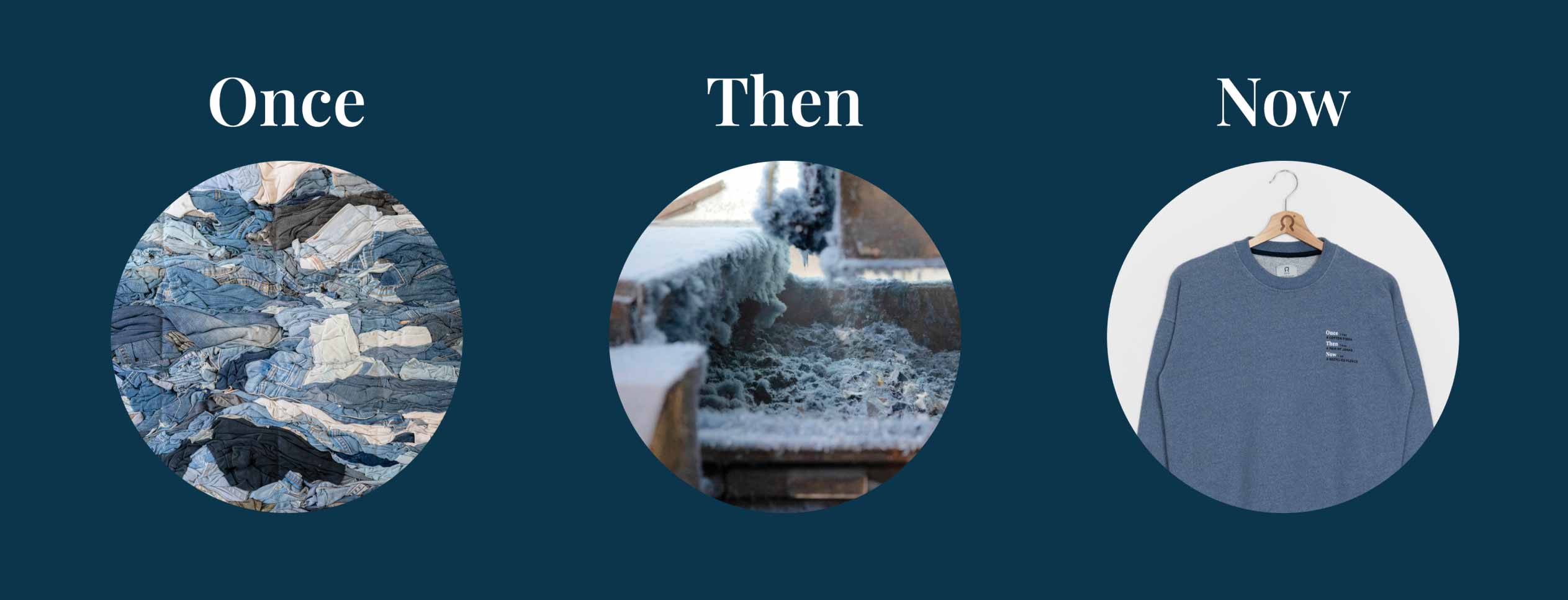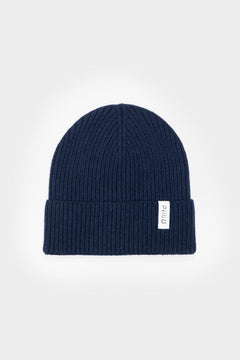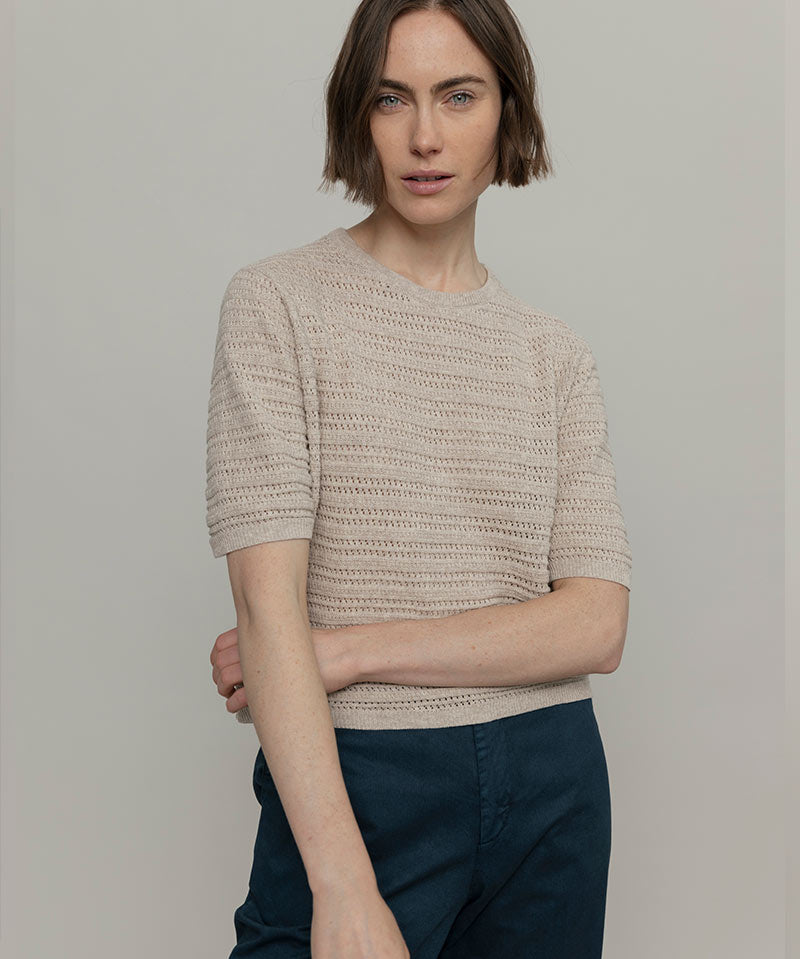Spring 2024 brings back the total denim look as a must-have. This iconic fabric, loved for its versatility and durability, continues to be a staple in fashion. For this spring, denim undergoes a reimagining, transforming into sustainable knitwear made with recycled yarns.
Sustainable and Eco-friendly Denim
In addition to fashion and style, recycled denim or jeans places important emphasis on sustainability. Companies are increasingly committed to reducing the environmental impact of denim production, using low-impact dyeing techniques, recycled materials, and responsible production processes.
Our recycled denim is a unique yarn, made possible through the recycling of only denim garments, selected based on the color and wash of the starting jeans. The denim scraps are shredded, and the fibers are then spun into new yarns, which are used to create our high-quality knitwear.
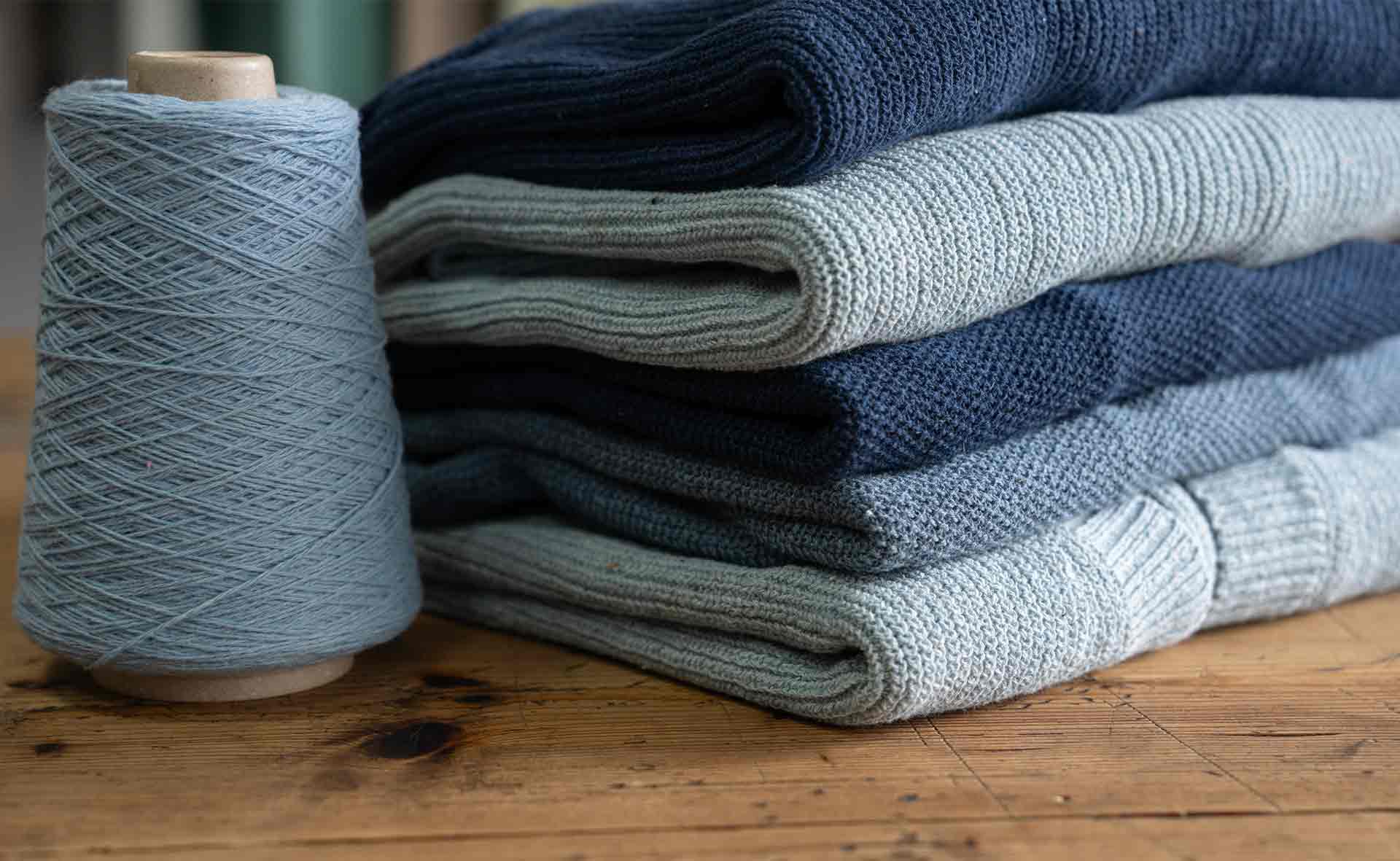
The recycled yarn component comes from used jeans (post-consumer), carefully selected based on color and composition, which must be at least 95% cotton. Sorting used jeans by color eliminates the need to dye the yarn again, resulting in a huge saving of dyes and chemicals. The addition, in some cases, of virgin organic cotton provides greater strength, making this material technically more performant. The combination of the two cotton fibers - recycled and organic - allows for a significant overall water saving, as organic cotton is grown in an environmentally friendly manner, without pesticides, and avoiding soil depletion.
Sustainable denim, with its characteristics of breathability and freshness, proves to be the perfect fabric for the spring season. Its high degree of durability makes it an investment, a piece that can last a long time in your wardrobe, telling the stories of the old lives it has lived: from an old pair of jeans to a new sweater in recycled cotton.
Denim in all Shades of Color and Style
Thanks to color selection, it's possible to recreate sustainable yarns in various shades of denim: from the deepest and most classic to the lighter ones, allowing you to wear different garments on countless occasions. Among the colors we have selected are Baltic blue (dark and deep) and Atlantic blue (lighter and softer). Each color offers an opportunity to experiment with basic and quality garments.
Of course, classic black cannot be missing. The evergreen color par excellence that solves every doubt and allows you to feel comfortable in every occasion.
Furthermore, the 2024 spring season brings with it a variety of renewed fits: garments ranging from slightly oversized boxy fits to clean and minimalist lines.
Each garment, from a sweater to a t-shirt, from a skirt to a pair of pants, can be paired and used in different occasions, such as an aperitif, an elegant dinner, or a casual everyday look.
How Recycled Denim is Created
Recycled denim is produced from old denim fabrics that are recycled through a mechanical process that takes place in Prato, a few kilometers from us, to create new knitwear or fabrics. But what exactly happens to the old jeans?
Collecting used jeans is the first step in the production of recycled denim. These fabrics come from old jeans, denim jackets, and other discarded garments that are no longer worn. This initial phase is crucial to initiate the recycling and reuse process of these materials.
Once collected, the denim fabrics are sorted by removing buttons, zippers, and other accessories. Additionally, the denim fabrics are meticulously classified based on color.
Subsequently, it is first shredded into small pieces and then reduced to fiber state, a craftsmanship and mechanical process that is part of the history of the textile district of Prato.
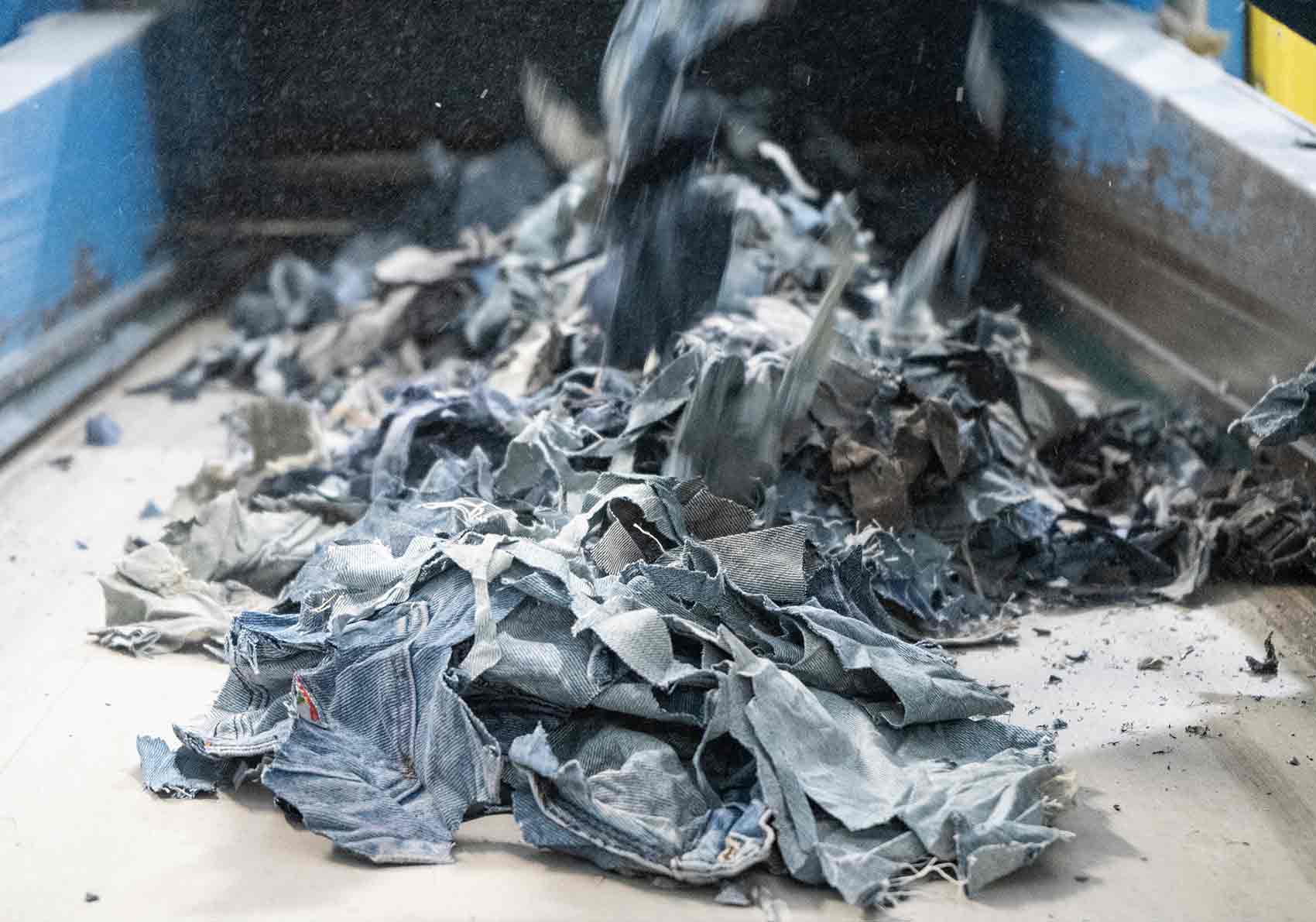
From this fiber, a new regcycled yarn is created, which is then used to create new denim clothing items, such as sweaters, pants, jackets, shirts, maintaining the same characteristics of a virgin denim garment, but with the great advantage of sustainability and low environmental impact of a recycled yarn.

The Advantages of Recycled Denim
Sustainability and environmental care are naturally the first advantages that come to mind when talking about recycled denim. But besides reducing waste and the lower need for energy, water, and resources, recycled denim is able to offer a quality and resistance comparable to traditional denim.
Moreover, recycled denim meets the ever-growing demand from consumers, providing a sustainable alternative that satisfies not only aesthetic taste but also personal ethics.
